
SIGs
Special Interest Groups
Special Interest Group
SIG1: Offshore Observations

The source region of the next large subduction zone earthquake in Cascadia is offshore where few instruments are located. Enhancing the quality and quantity of offshore observations in Cascadia is critical to long-term efforts of advancing CRESCENT science goals and estimating the seismic hazard. The Offshore Observations special interest group will gather broad community input on observational needs and priorities and will identify specific areas for accelerated progress through coordination and the development of collaborations that link the academic community, federal agencies, private companies, and international partners. In 2025, CRESCENT will host a community workshop, bringing the Cascadia offshore science community together to discuss recent progress, observational needs, and the path forward for the Offshore Observations group.

Meet The Team
SIG1 Membership

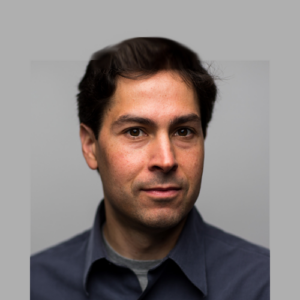
David Schmidt
University of Washington
dasc@uw.edu
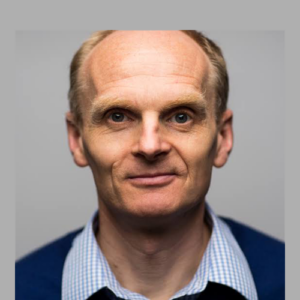
William Wilcock
Offshore Observations SIG Lead
University of Washington
wilcock@uw.edu
Special Interest Group
SIG2: Ground Motion Modeling

Shaking from earthquakes poses a hazard to both people and the built environment. Many factors determine how strong shaking will be in the Pacific Northwest during future earthquakes. The Ground Motion Modeling SIG seeks to advance our models of earthquake ground shaking to include state-of-the-art knowledge within field. This includes integrating information from CRESCENT’s cutting-edge research in the CVM, CFM, and DET groups, which all contribute to advancing our knowledge of the hazards posed by ground shaking. The SIG will also work closely with state and federal agencies, as well as community partners, to translate these advances into usable shaking estimates and seismic hazard models.

Shaking expected for a M9 earthquake, from “Ensemble ShakeMaps for magnitude 9 earthquakes on the Cascadia Subduction Zone” by Wirth et al. (2021).
Meet The Team
SIG2 Membership

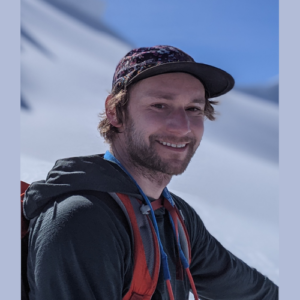
alex grant
U.S. Geological Survey
agrant@usgs.gov

Valerie Sahakian
Ground Motion Modeling SIG Lead
University of Oregon
vjs@uoregon.edu
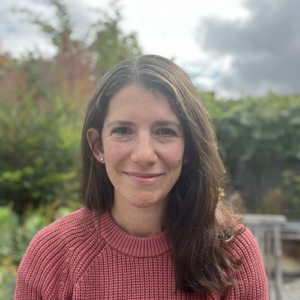
Erin Wirth
U.S. Geological Survey
ewirth@usgs.gov
Special Interest Group
SIG3: Ground Failure

Shallow subsurface properties in the Pacific Northwest not only influence the characteristics of ground shaking from large earthquakes (SIG2) but also control coseismic cascading hazards, e.g., landslides, liquefaction, lateral spreading and ground failure. Quantifying these subsurface properties is critical owing to the extensive alluvial deposits, unstable mountainous terrain, and significant precipitation in the region. The purpose of the Ground Failure SIG is to appropriately steer this shallow hazard focus and help translate related working group outputs into societal relevant products, while working directly with federal (e.g., USGS) and state agencies (e.g., CGS, DOGAMI, and WA DNR) for whom ground failure estimates are a priority.
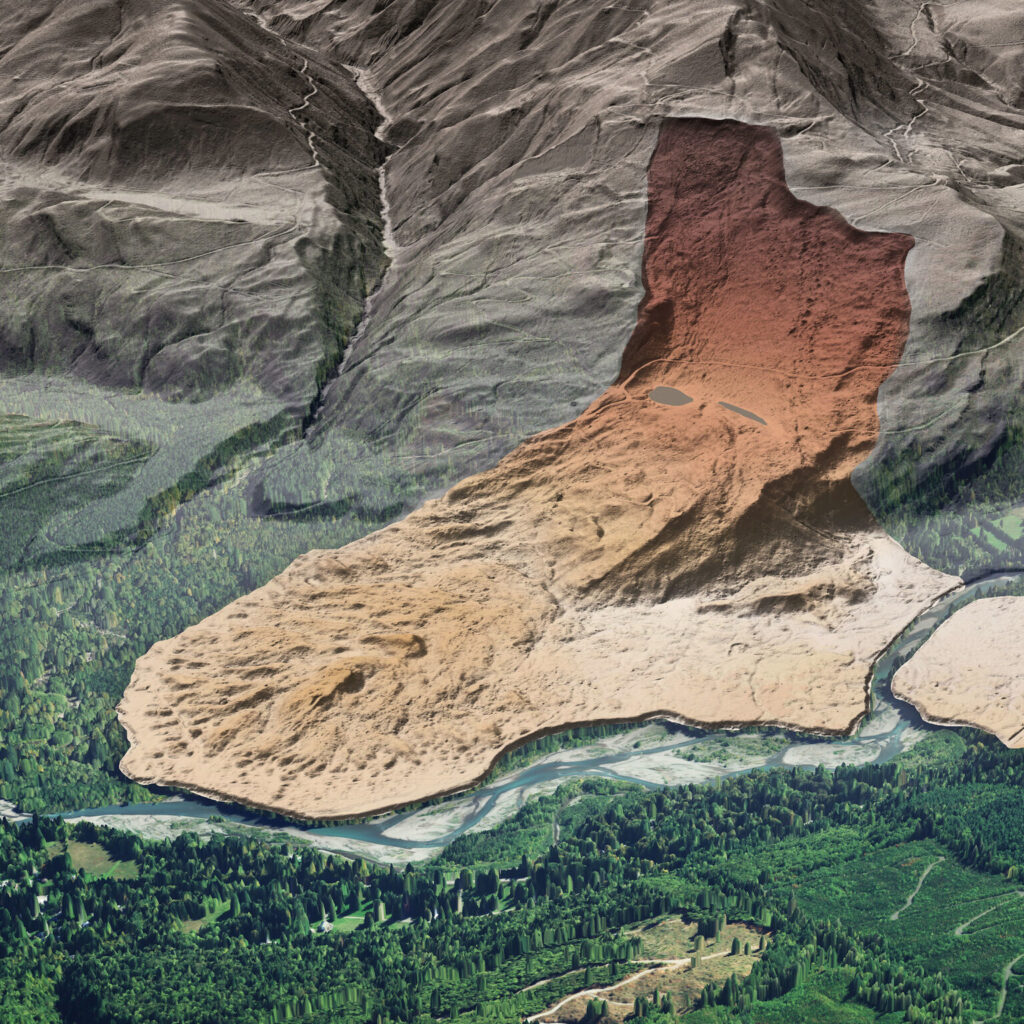
Meet The Team
SIG3 Membership

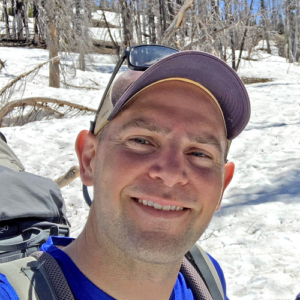
Ben Leshchinsky
Ground Failure SIG Lead
Oregon State University
Ben.Leshchinsky@oregonstate.edu
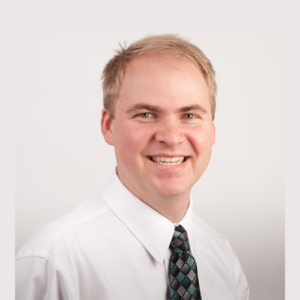
Michael Olsen
Oregon State University
michael.olsen@oregonstate.edu

Pieter-Ewald Share
Oregon State University
pieter.share@oregonstate.edu
Special Interest Group
SIG4: Cascadia Fluids Model

Fluids are ubiquitous in the Earth’s crust and play a fundamental role in subduction zone processes. These fluids affect near-surface landslide behavior and liquefaction hazards and can trigger earthquakes deep inside the Earth. They also facilitate the melting of rock that feeds our active volcanoes. The Cascadia Fluids Model SIG will work towards constructing a community model that maps the presence of fluids using different types of geophysical data. This SIG will coordinate closely with other model building efforts such as CVM, CFM and CSSS as well as with SIG3.
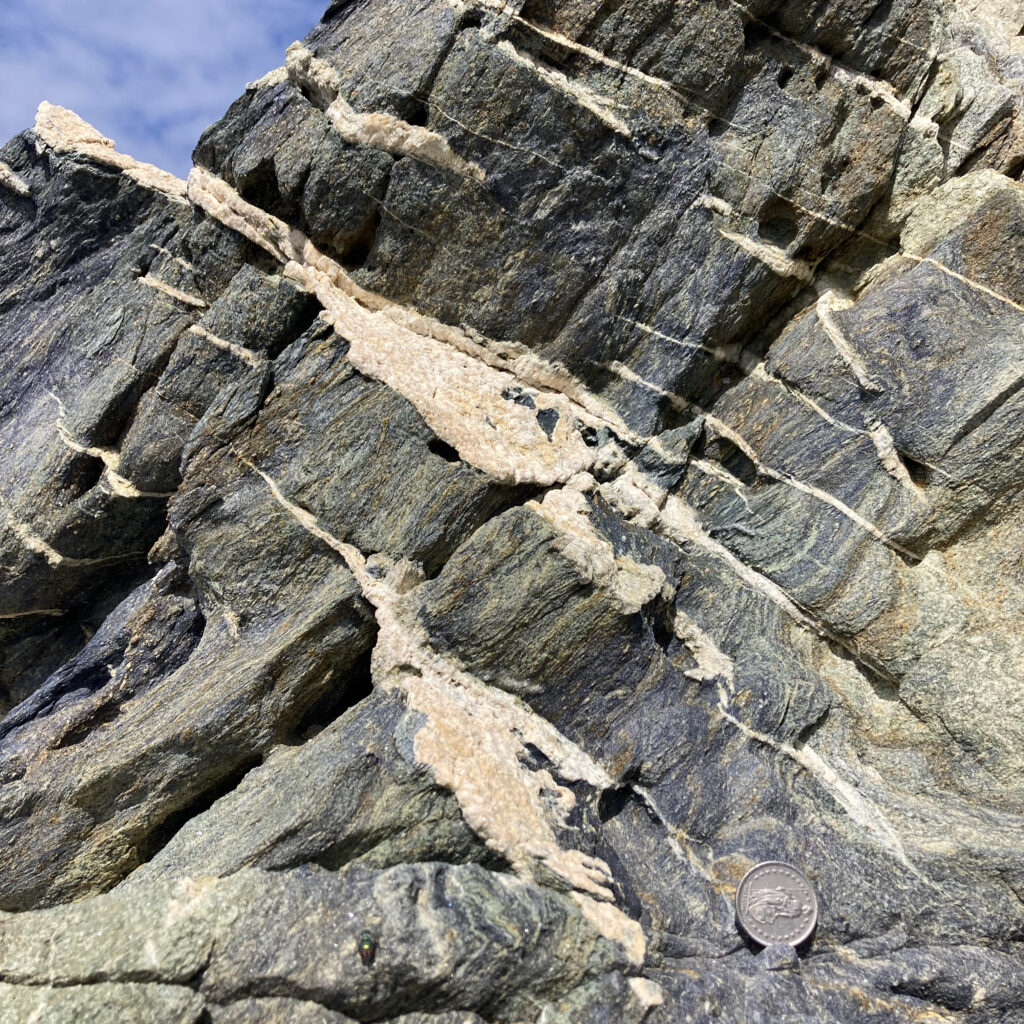
Meet The Team
SIG4 Membership


Cailey Condit
Cascadia Fluids Model SIG Lead
University of Washington
ccondit@uw.edu

Pieter-Ewald Share
Oregon State University
pieter.share@oreognstate.edu

Amanda Thomas
University of Oregon
amthomas@uoregon.edu
